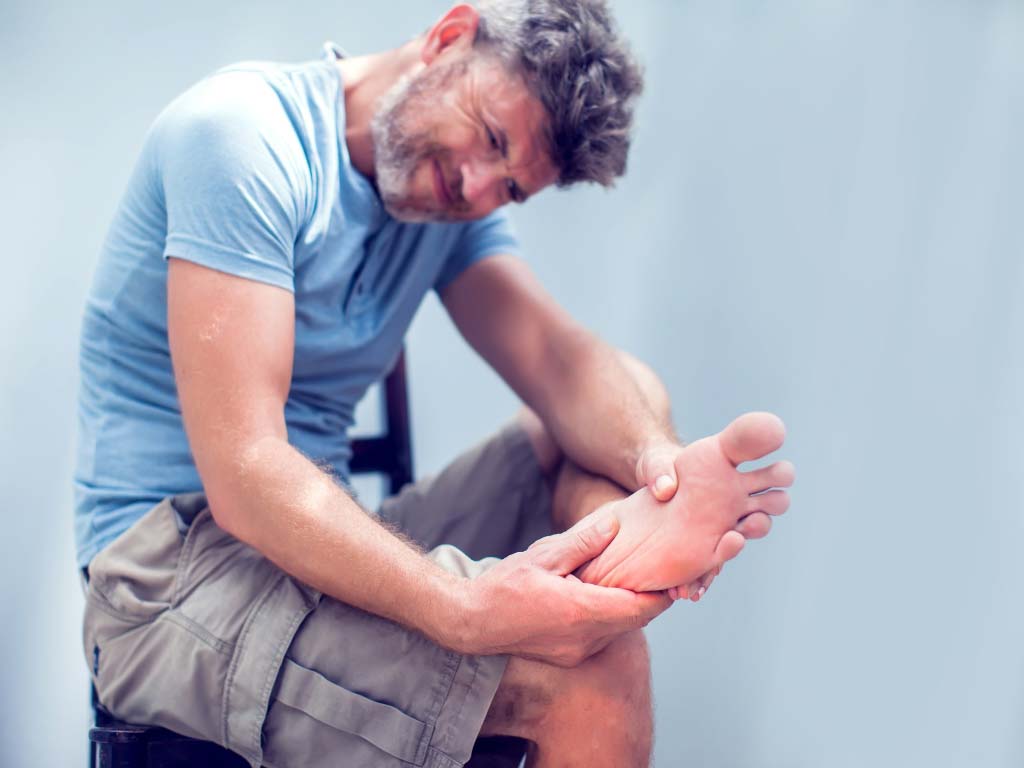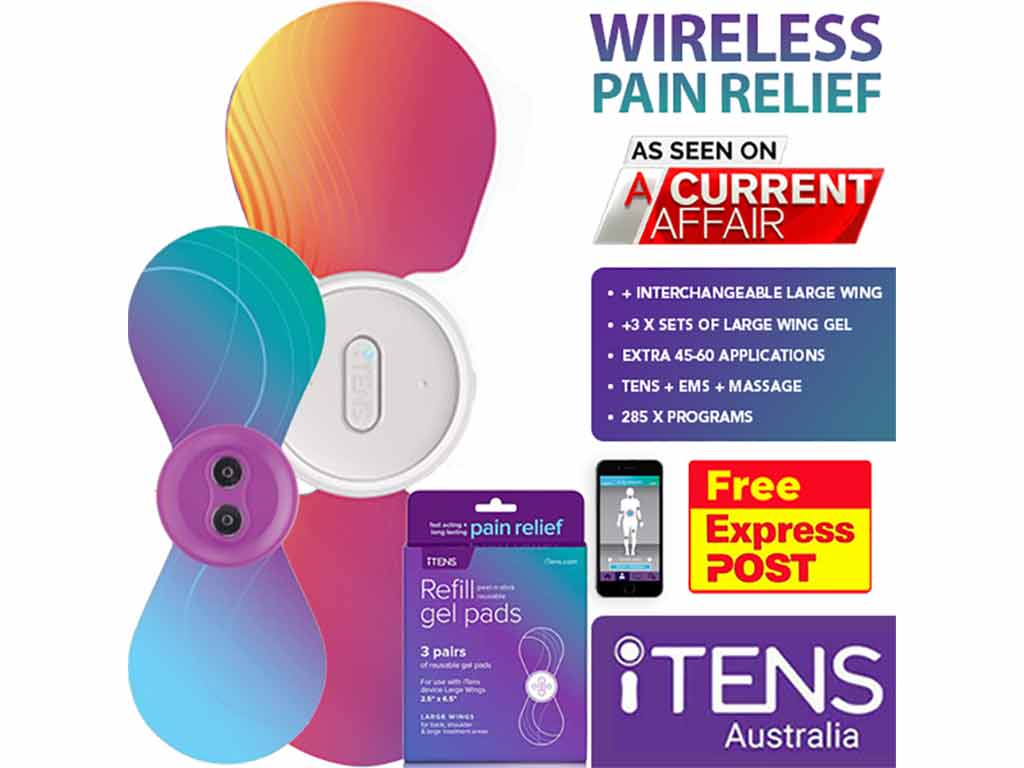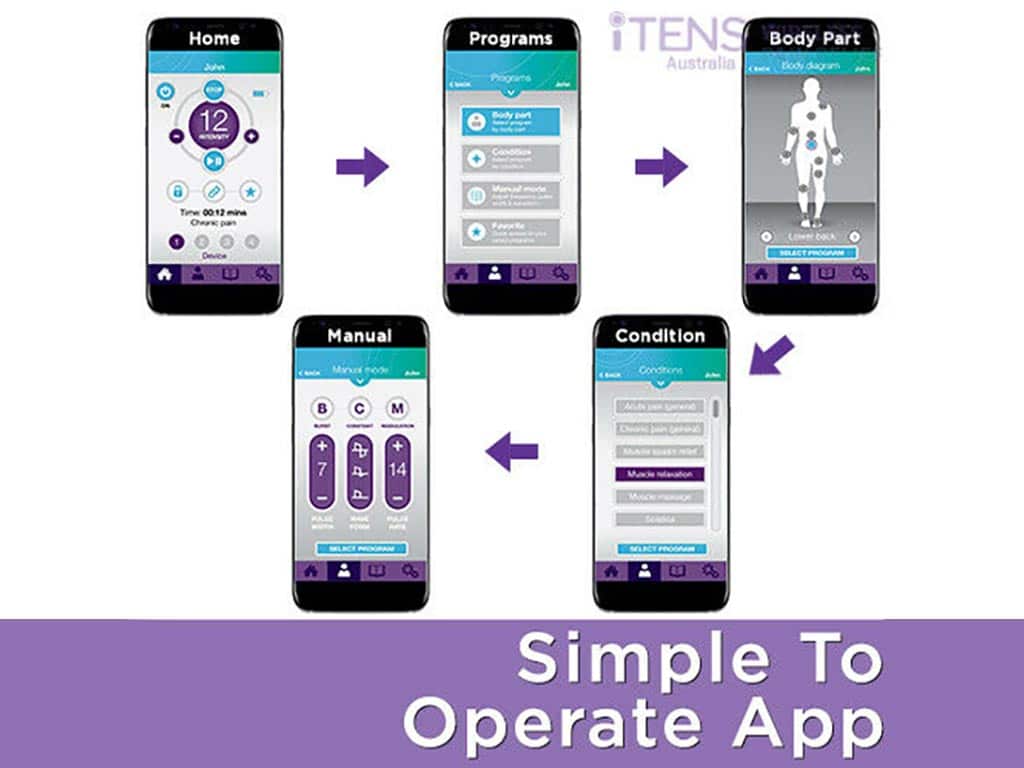
Feet arthritic pain can cause a great deal of discomfort. One method of pain relief is using a Transcutaneous Electrical Nerve Stimulation or TENS machine for arthritis in feet. It is a unit that delivers electrical current. Accordingly, it works based on the Pain Gate Theory and prompts the release of endorphins. Also, the device is easy to operate. One needs to identify the treatment area, place the electrode pads, adjust the settings, and activate electrical stimulation treatment.
Arthritis can be a debilitating condition, especially when it affects the feet. It can cause pain symptoms, such as foot pain and limitations in mobility, affecting everyday life. Traditional treatment methods like pain medications, physical therapy, and corrective exercises may not always provide relief. Hence, it leads many individuals to seek alternatives. One such option is the use of TENS devices. This article will present TENS for feet arthritis pain management, including how it works and how to use it.
What is a TENS Machine for Arthritis in Feet?
Feet arthritic pain is a common ailment that affects people of all ages and backgrounds. Fortunately, there is a TENS machine for arthritis in feet. It is a small, battery-operated device that sends electrical impulses to the body. Accordingly, physical therapists and other healthcare providers typically recommend TENS therapy to patients. Also, individuals may utilise the device while at home.
TENS devices are available in wired and wireless functionalities. Wired TENS is designed with wires that connect the machine to the electrodes. Meanwhile, wireless TENS units operate without the need for connecting electrode wires. Therefore, it offers greater freedom of movement during use. People can control the device manually or via smartphone or tablet through Bluetooth technology.
Furthermore, both types have beneficial features. Most TENS units offer customisable settings for frequency, intensity, and duration of electric current. This allows users to personalise their treatment. Nevertheless, consulting a medical professional before undergoing TENS therapy is crucial. This is particularly valuable for people with underlying medical conditions.
Symptoms of Arthritis in Feet
- Discomfort: individuals often experience discomfort. This can range from mild to severe.
- Swelling: swollen and tender areas may become warm to the touch and limit normal movement.
- Stiffness: arthritic feet can feel stiff, making it challenging to move or walk comfortably.
- Reduced range of motion: this makes it difficult for people to flex, point, or rotate their feet.
- Tenderness: the areas of the feet may be tender to touch. Also, applying pressure or bearing weight on these areas can exacerbate discomfort.
- Bone spurs: over time, it can lead to the development of bone spurs. These are extra bony growths that can cause further discomfort.

How Does a TENS Machine for Arthritis in Feet Work?
Generally, a TENS machine for arthritis in feet works by streaming electrical pulses to the body. Accordingly, when a person uses TENS, the electrical impulses it generates can stimulate the nerve fibres. As such, it can trigger the production and release of endorphins. These are the natural painkillers of the body. Endorphins are “feel-good” chemicals that promote a sense of well-being.
Moreover, the TENS unit may also influence the Pain Gate Theory. This suggests that the transmission of pain signals to the brain can be modulated. Hence, the electrical stimulation can essentially close the pain gate, preventing pain messages from reaching the brain. As a result, this activity can reduce the perception of pain intensity, providing feet arthritis pain relief.
The electrical currents from the TENS machine can also enhance blood flow to the treatment area. Improved circulation can help deliver oxygen and essential nutrients to the tissues. Also, it aids in the removal of waste products. This approach may contribute to the reduction of inflammation and swelling. Thus, it promotes a more comfortable sensation in the feet.
Benefits
One of the advantages of TENS therapy is its non-invasive nature. It does not require needles or any form of surgery. Additionally, TENS is a drug-free pain relief. This is particularly advantageous for people who prefer to minimise their use of medications. Portability is another valuable aspect of TENS. This allows users to use it at home or on the go.
Also, TENS therapy offers customisability. This enables individuals to adjust the settings to conform to specific needs and preferences. Moreover, it is cost-effective in comparison to some long-term medication regimens. TENS can also be used in conjunction with other forms of treatment.

How to Use a TENS Machine for Arthritis in Feet
To use a TENS machine for arthritis in feet, individuals can follow a straightforward process. Firstly, the user should check the condition of the unit. Secondly, ensure that the device is adequately charged or has fresh batteries. Thirdly, connect the electrodes to the machine using lead cables or to a smartphone via Bluetooth for wireless. Then, identify the treatment area and prepare it.
Next, position the pads following the electrode placement guide. After the pads are firmly in place, the individual can switch on the TENS unit. The device may allow users to adjust the settings or select a pre-set program for foot arthritis. Nevertheless, it is crucial to start with the lowest settings and moderately increase them to a comfortable level.
Once done, the person can initiate the TENS therapy session. Throughout the treatment, the individual should pay attention to their comfort level and make further adjustments. The duration of the treatment may last for about 15 to 30 minutes. Upon completing the session, the individual can switch off the machine and carefully remove the self-adhesive electrode pads.
Electrode Placement for Effective Relief
To begin the treatment, the individual should carefully identify the areas of the feet experiencing arthritis. Typically, these areas may include the joints, such as the toe, the ball of the foot, or the heel. Accordingly, the person can prepare the skin by ensuring it is clean and dry.
The next step involves placing the pads strategically over the treatment areas of the feet. Position the pads in such a way that they cover the specific areas of discomfort. However, ensure that the electrodes do not overlap each other. Also, avoid placing the pads over areas with broken skin, rashes, varicose veins, or heel spurs.
Conclusion
In conclusion, using a TENS machine for arthritis in feet can provide significant relief. Feet arthritis may cause symptoms like discomfort, swelling, stiffness, and the development of bone spurs. Accordingly, the TENS device is a tool that delivers electrical currents in the body. This electrical stimulation can trigger the release of endorphins, block pain signals from reaching the brain, and improve blood flow. Also, TENS is available in wired and wireless functionalities with different key features.
TENS units provide individuals with numerous benefits. It is non-invasive, drug-free, customisable, portable, cost-effective, and can be used in conjunction with other treatments. Nevertheless, the TENS machine is easy to use. The user needs to identify the area of the feet experiencing pain, place the pads, adjust the settings, and proceed with the therapy. Also, proper pad placement is crucial in the treatment. TENS devices are available in stores, including the online retailer iTENS Australia.




















